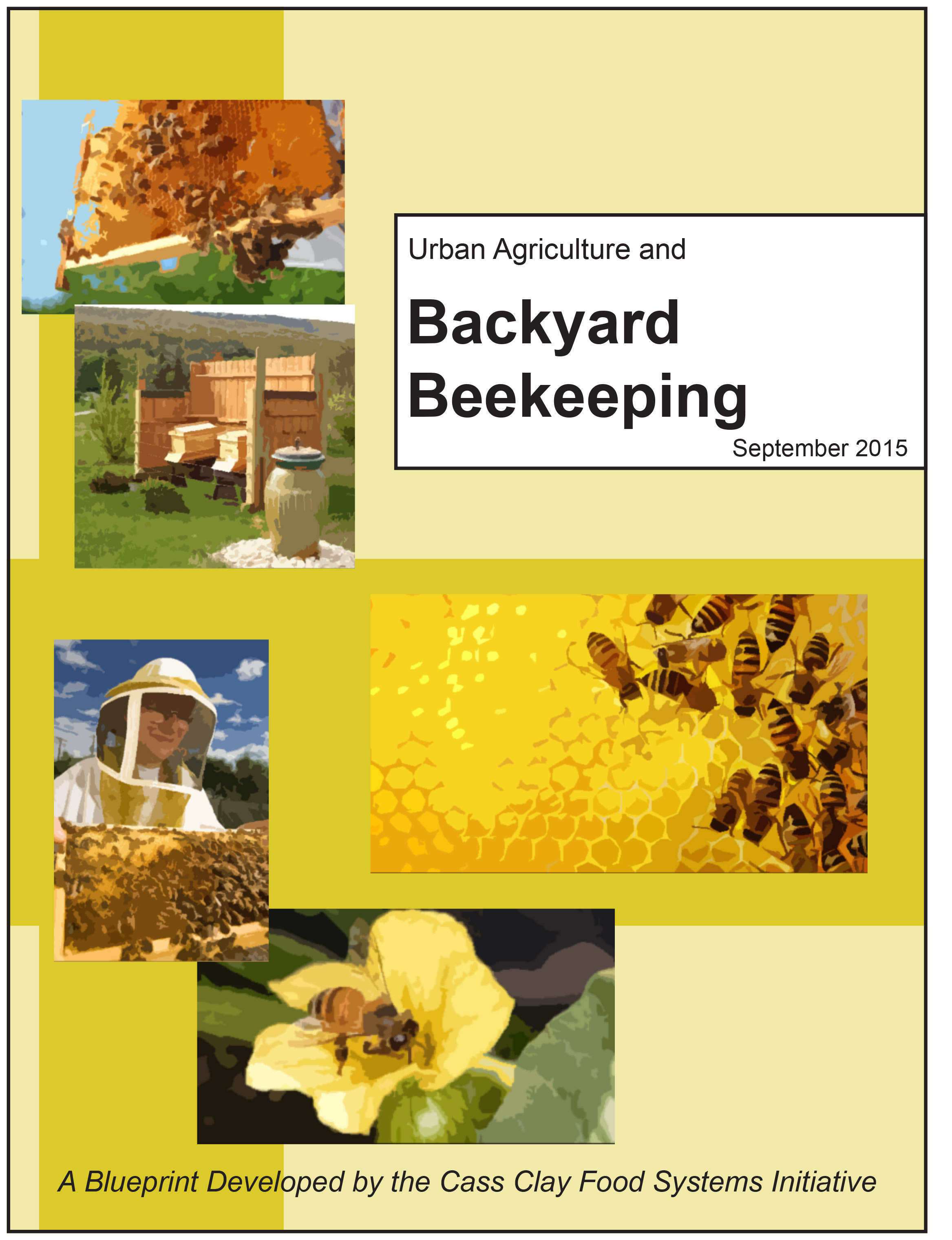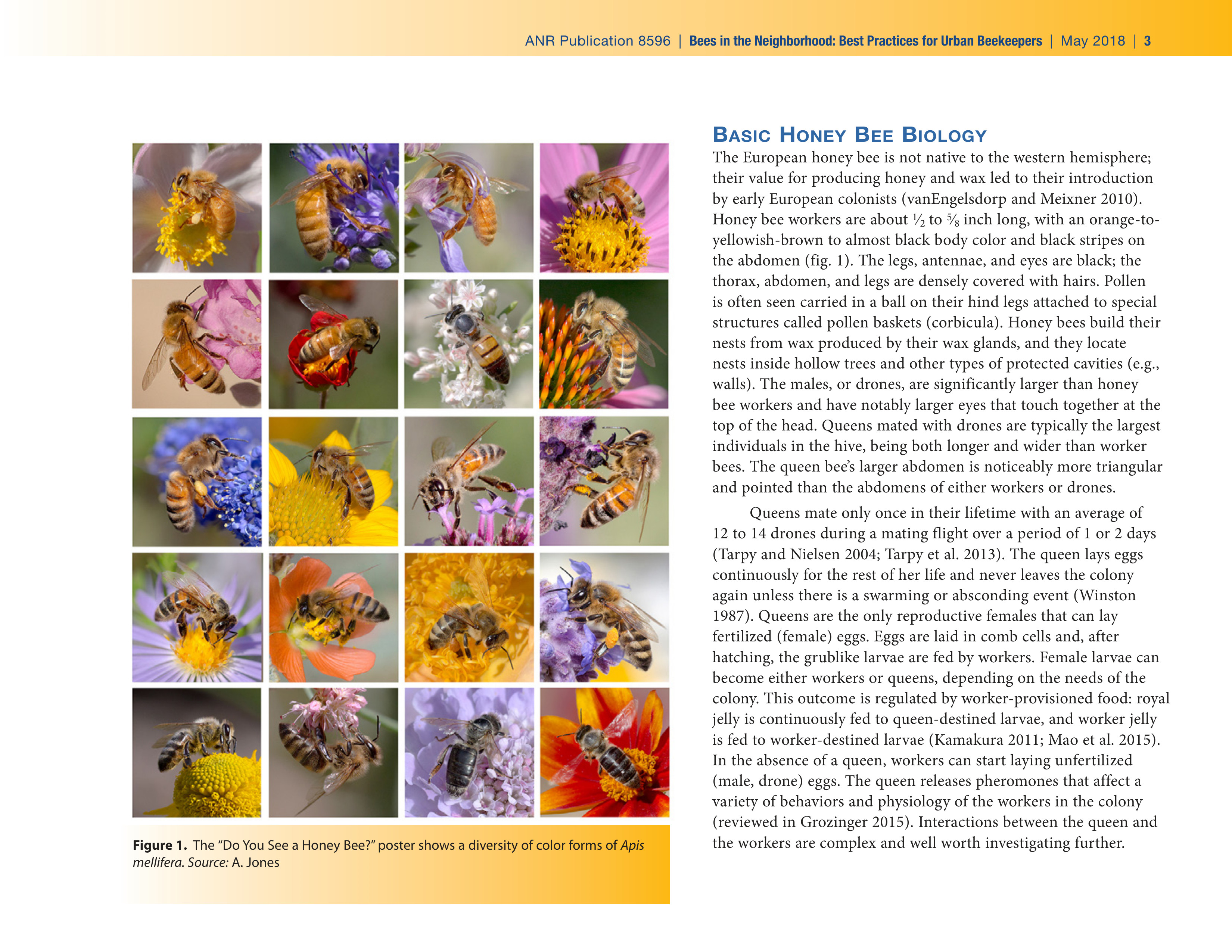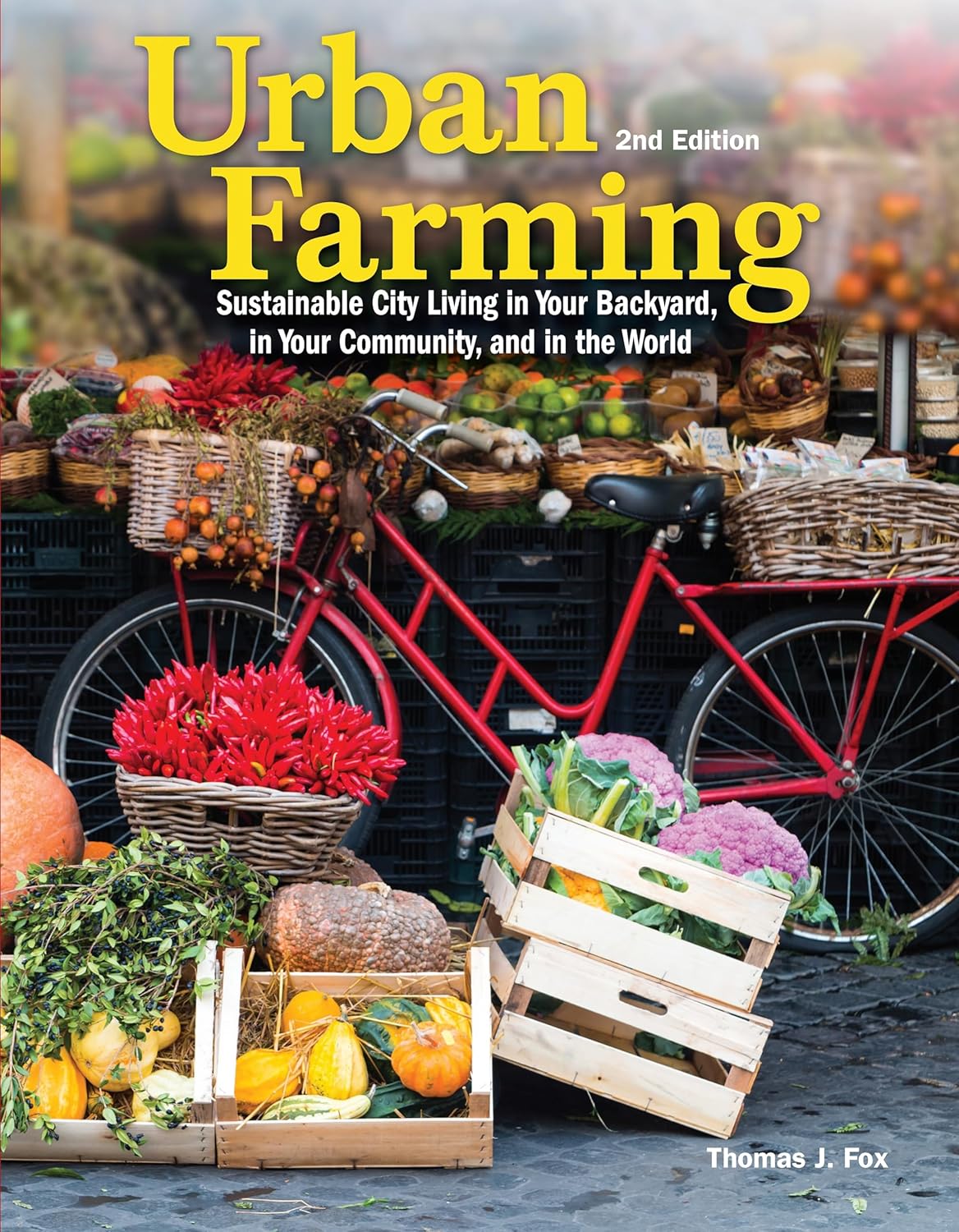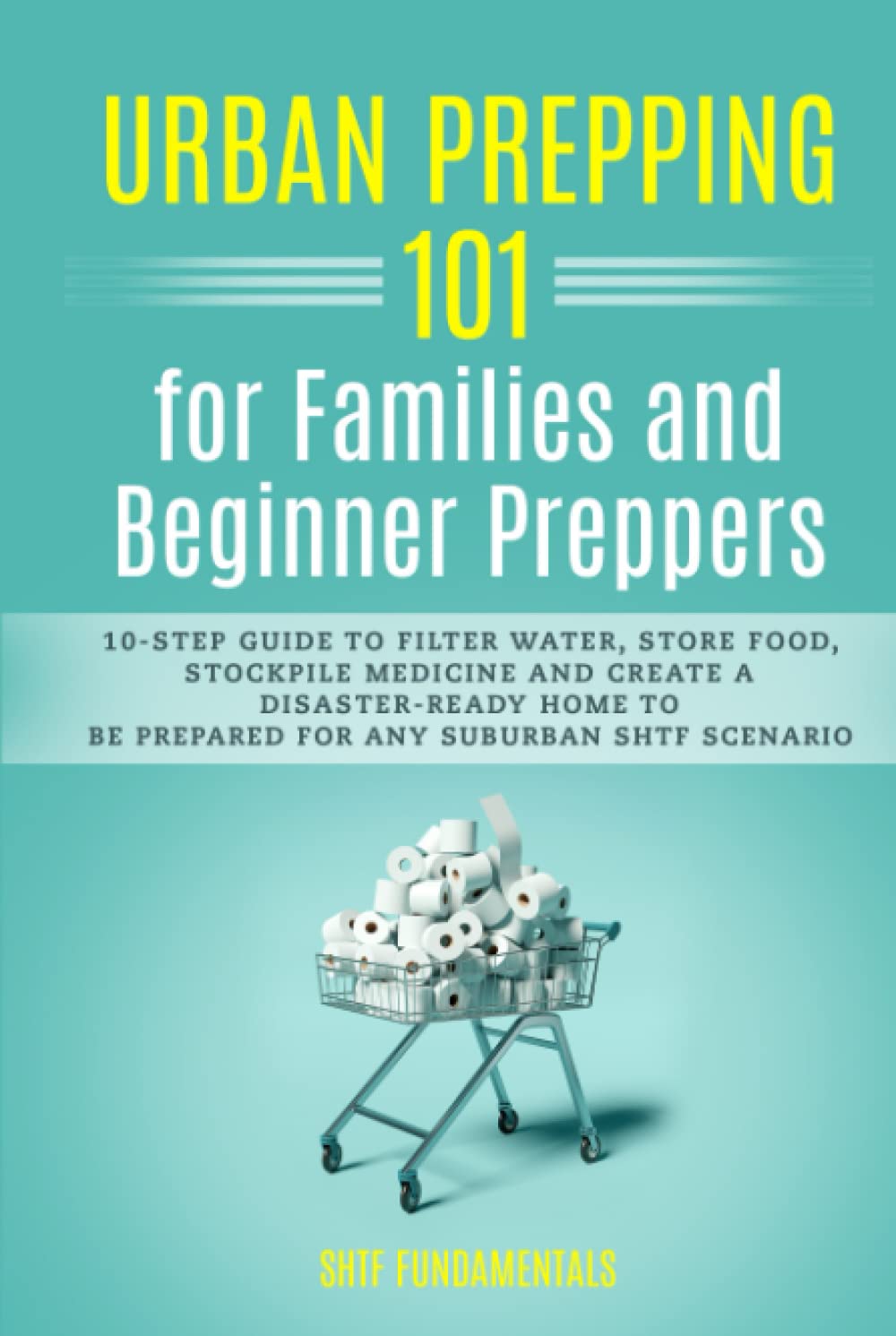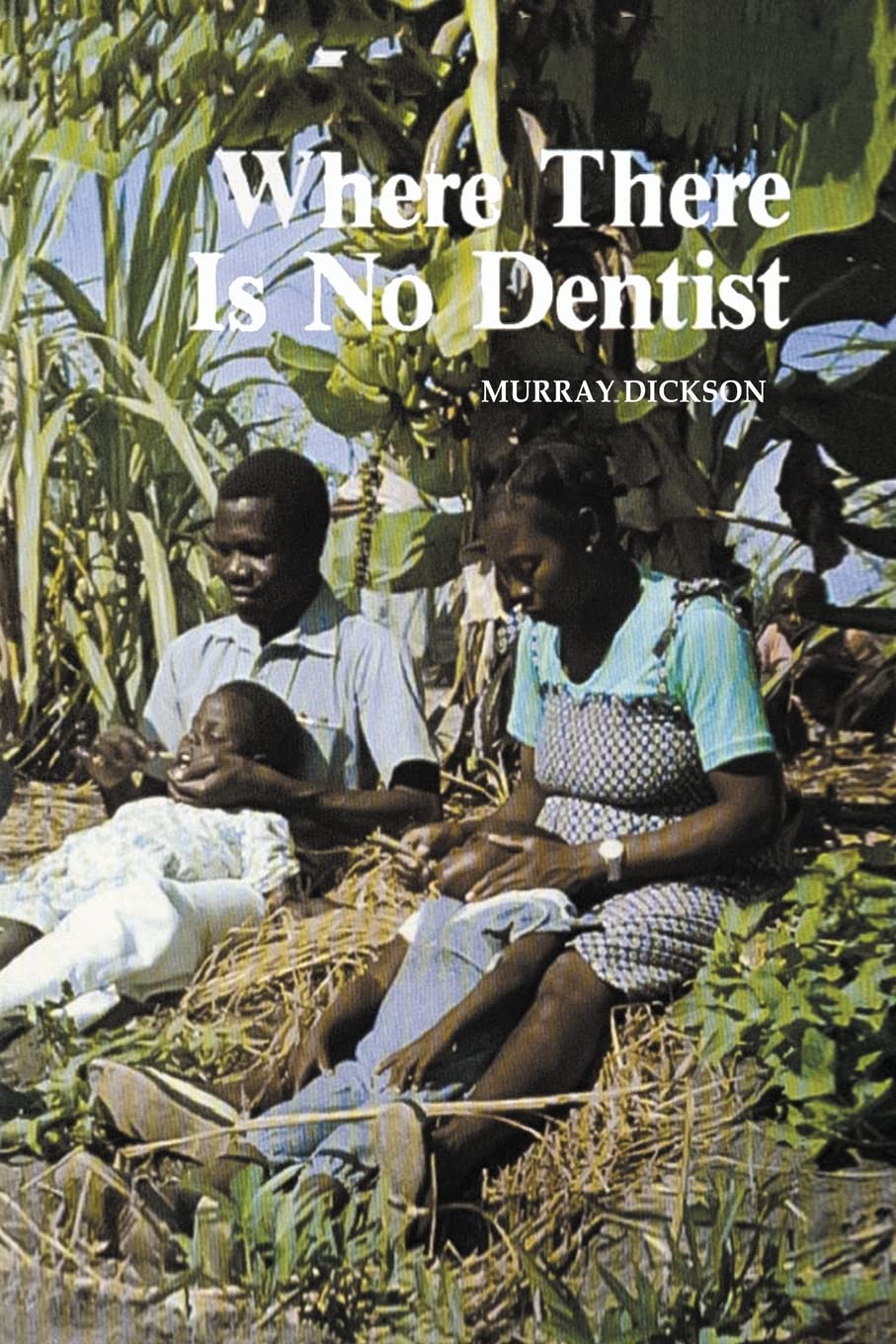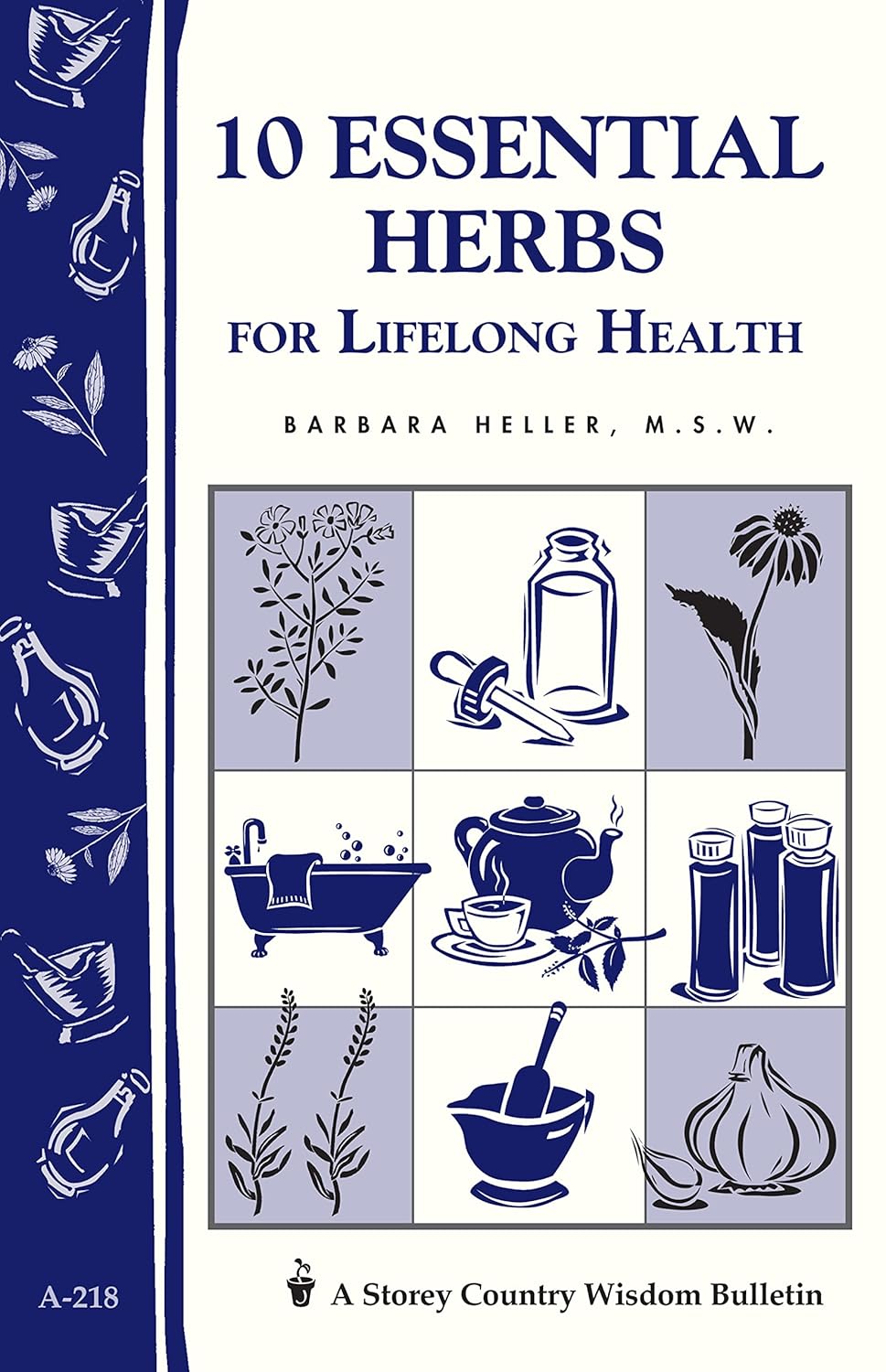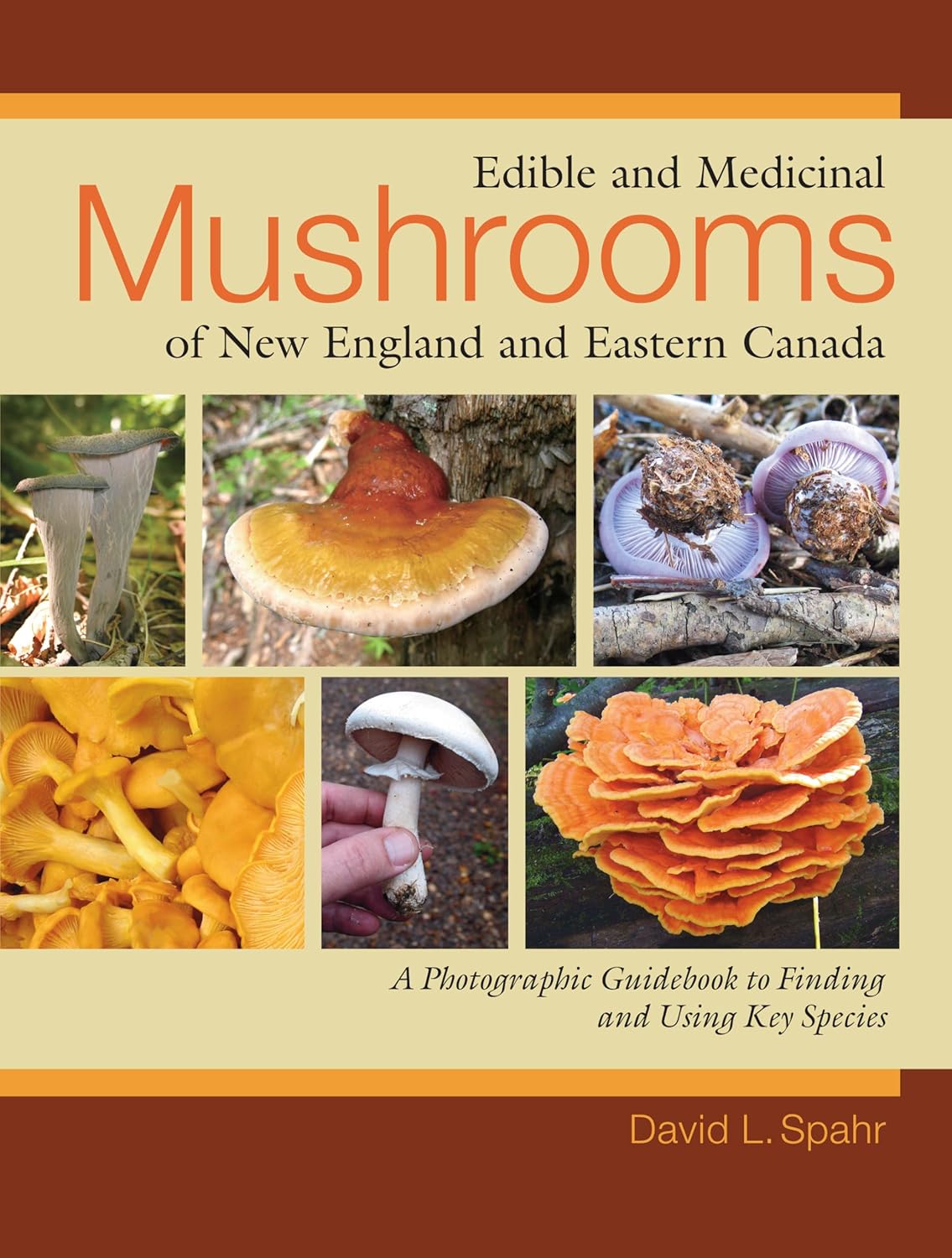Click the book cover to open the full text.
Urban Agriculture and Backyard Beekeeping
Backyard Beekeeping This issue brief will provide background information related to urban beekeeping, and address the common concerns and benefits from a health, environment, social, and economic standpoint. The brief will also address how each concern can be remedied through ordinance language and education. Appendices have been provided to share how regional jurisdictions are addressing backyard beekeeping, example policy language from other jurisdictions, and educational material on bee stings. Background In 2014, the USDA issued a report declaring we are in a “critical time for efforts” to support our honey bee populations, since these populations have been in decline for decades. The bee colonies in the U.S have decreased from 6 million in 1947 to 2.5 million today.1 No one knows the reason for the sharp decline, although some suspect colony collapse disorder (CCD) caused by a combination of environmental stressors such as bacteria, viruses, parasites, and pesticides.2 Beekeepers and citizens are concerned about colony collapse since bees are responsible for up to onethird of the food eaten by U.S. consumers.3 With concerns about CCD, encouraging new research suggests that bees are thriving in urban environments due to the diversity of plants in urban areas compared to farmland, where much of it consist of large swaths of a single crop (known as monocropping).
OGWL is an Amazon Affiliate and any links you choose to purchase through pays a small amount to cover the costs of maintaining this site. Thank you!
Related Resources
